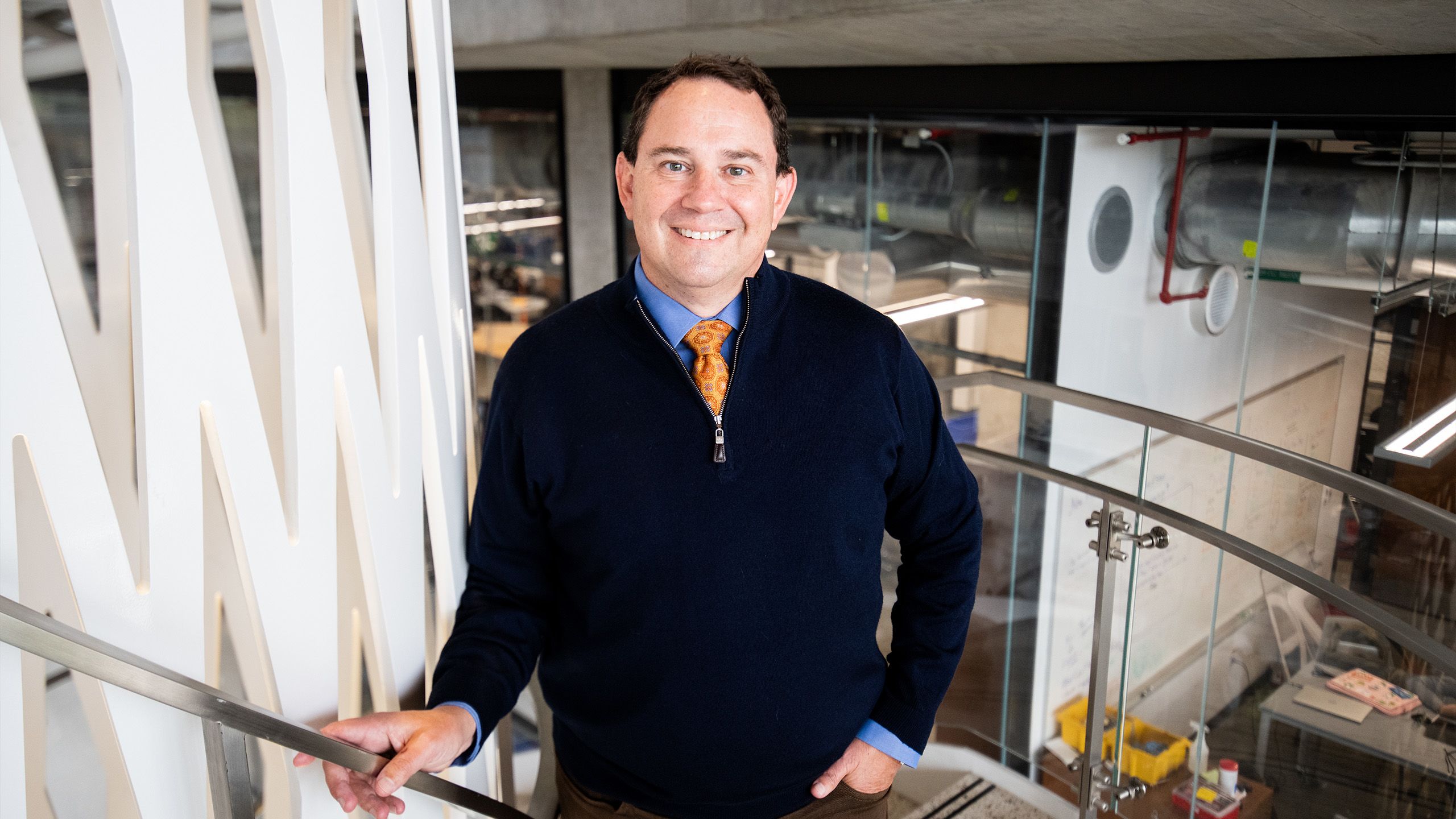Why Are Universities Partnering With Energy Service Providers?

While they were once almost wholly self-contained, U.S. universities have increasingly begun to outsource activities that are tangential to their educational and research mission. It is not unusual for them to shift services such as food service, printing, graphic design, map-making, and healthcare, for example, to external entities that specialize in those areas.
Now, many university administrators are considering outsourcing management of their campus utility infrastructure. To understand why, we sat down with Michael Webber, Ph.D., who is the Josey Centennial Professor in Energy Resources at the University of Texas at Austin.
Why do most universities outsource an assortment of operational functions?
Dr. Webber: One is cost savings. An outsourcing partner should be highly skilled, and its deep knowledge base from engagements across the nation should enable it to bring clients best practices in efficient operations. Other benefits include flexibility with staffing, the ability to expand scope over the decades, and performance-based metrics to assess progress.
Likewise, an experienced energy service provider should be able to improve the reliability of a campus utility infrastructure. This translates into financial benefits as well, because downtime is expensive. Not only would loss of power, water, heat, or cold inconvenience students, faculty, and staff, but certain lab tests or research equipment could even be ruined by an extended outage.

Is mitigating the risk of a utility failure a motivating factor in these partnerships?
Dr. Webber: Yes. While the environmental and cost benefits are attractive for a variety of reasons, risk transfer is a key element of energy service agreements, which are often known as public-private partnerships, or “P3.” Conventional energy systems are replete with risk. P3 agreements typically include a performance guarantee that makes the energy service provider responsible for keeping systems running. Anytime there is an equipment failure or other need for capital investment, the provider secures financing and passes the cost to the university via installments over a span of years.
The obvious benefit for the university is that rather than facing a large capital outlay if equipment requires repair or maintenance, it makes routine and completely predictable payments. This simplifies planning of utility upgrades and prevents CapEx shocks that might wreak havoc on the budget. It also frees up the university’s administration to focus on its core mission with scholarly work and direct instruction.
Public-private partnerships can also help universities obtain grant funding to support research. Many government agencies require industry matching, and the P3 setups can sometimes provide that matching through in-kind contributions such as access to operational data, using part of the campus infrastructure as a testbed, and so forth. Some agreements even include a significant up-front cash infusion that the university can invest as it sees fit—to support research, scholarships, commercialization programs, or any other priority.

Do P3 agreements also limit volatility in electricity or natural gas prices?
Dr. Webber: Not exactly—and energy cost volatility is a huge concern for many university administrators. They’re looking to Europe, where natural gas prices are up fourfold, largely because of the Russian invasion of Ukraine, and where rivers are so low that barges can’t move coal to power plants. Public-private partnerships usually don’t directly control energy purchase pricing. However, an energy partner may help the university negotiate long-term PPAs [power purchase agreements] with its utilities to keep those costs stable.
Another interesting aspect of the P3 trend is that universities entering these agreements often take advantage of their energy partner’s expertise to launch sustainability initiatives. Universities have many reasons to decarbonize. Students and faculty are typically pushing for improved sustainability on campus. And, frankly, a university that is preparing students for a carbon-heavy energy future is doing them a disservice. Schools should be teaching students about the low-carbon energy systems the world is moving toward, and the campus footprint should reflect that movement as well.
Even university administrators who are indifferent to the ethical and philosophical benefits of decarbonization cannot ignore the risk inherent in energy price volatility. Many universities use electricity from local utilities that still rely on coal. They run large campuses whose myriad classrooms and labs rely on specialized equipment that is energy-intensive. A substantial jump in the cost of electricity would wreak havoc on their annual budget.
Sustainability initiatives designed to increase the university’s energy independence would help buffer its finances from, for example, the decision of someone halfway around the world to invade another country. Having access to expertise and financing from a third-party energy services specialist can make these types of projects more manageable and less intimidating.
Are there any educational or research benefits of bringing in a private partner to manage campus utility systems?
Dr. Webber: Absolutely. The benefits depend on how the agreements are written, but many of them specifically include academic and research collaborations, as well as student internships. The internships can give students in a variety of areas—from engineering to finance to marketing and beyond—an opportunity for hands-on learning in their field of interest. If they like what they learn, the internship may turn into a stepping stone to a career in that area.
I’m also a firm believer that industry collaborations improve academic research. I spent several years in private enterprises and think tanks after getting my Ph.D. Those experiences have been invaluable to me as a professor: They help me pose stronger research questions, and they help me better explain to students the real-world implications of what they’re learning.

With a P3 energy service agreement, operational experts are right on campus. They can help bring a real-world perspective to academic research. They can serve as judges for student entrepreneurship competitions, provide feedback at poster sessions, and provide guest lectures or teach classes.
All in all, the central benefit of a P3 agreement is that university faculty and staff can focus on what they do best, while they turn utilities management over to an organization focused on those services. For universities under constant pressure to optimize resources, that benefit is impossible to ignore. And universities that enter these partnerships also find many other, indirect benefits along the way.
This custom content is sponsored by ENGIE North America and developed by Inside Higher Ed's sponsored content team. The editorial staff of Inside Higher Ed had no role in its creation.


